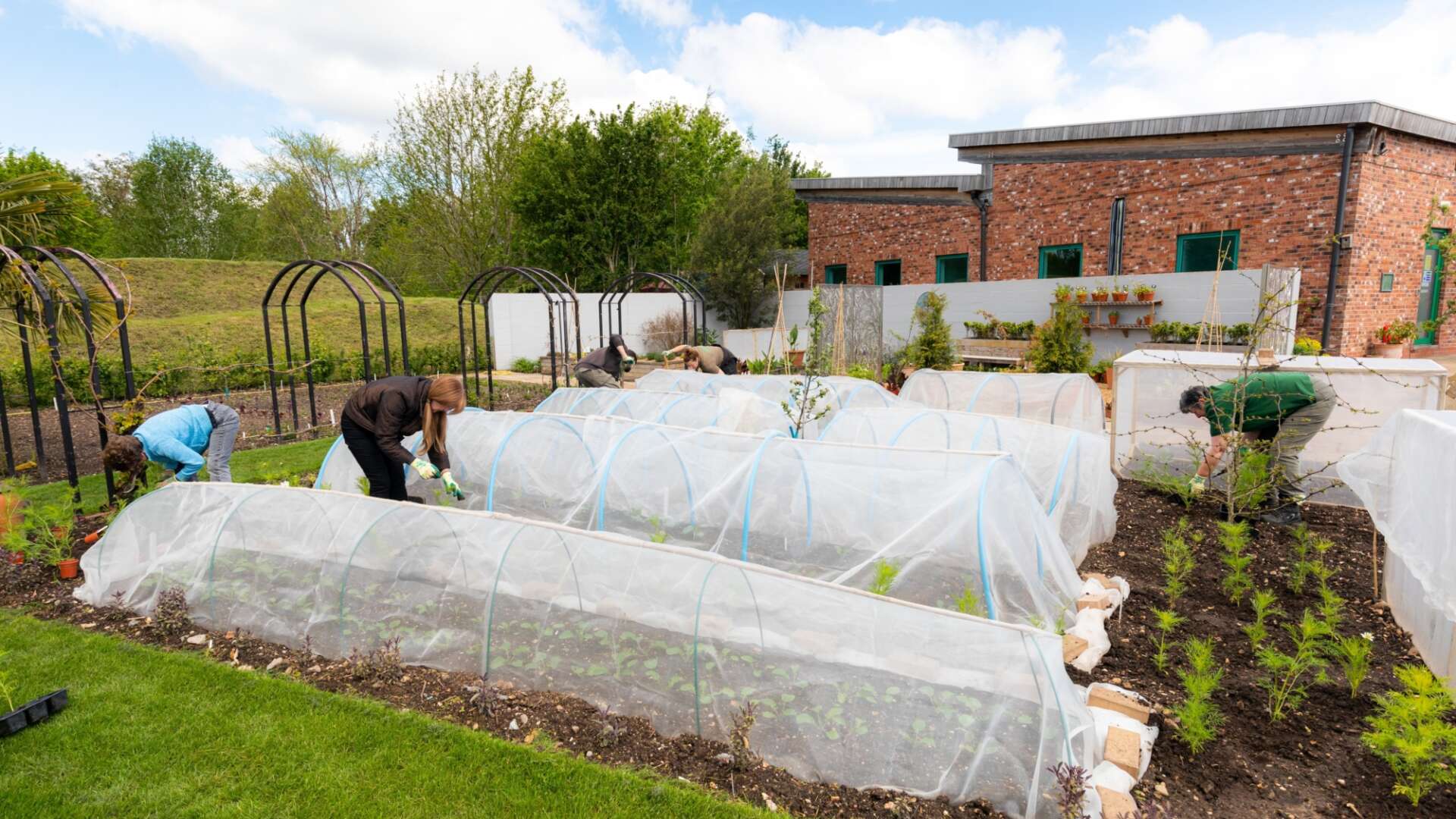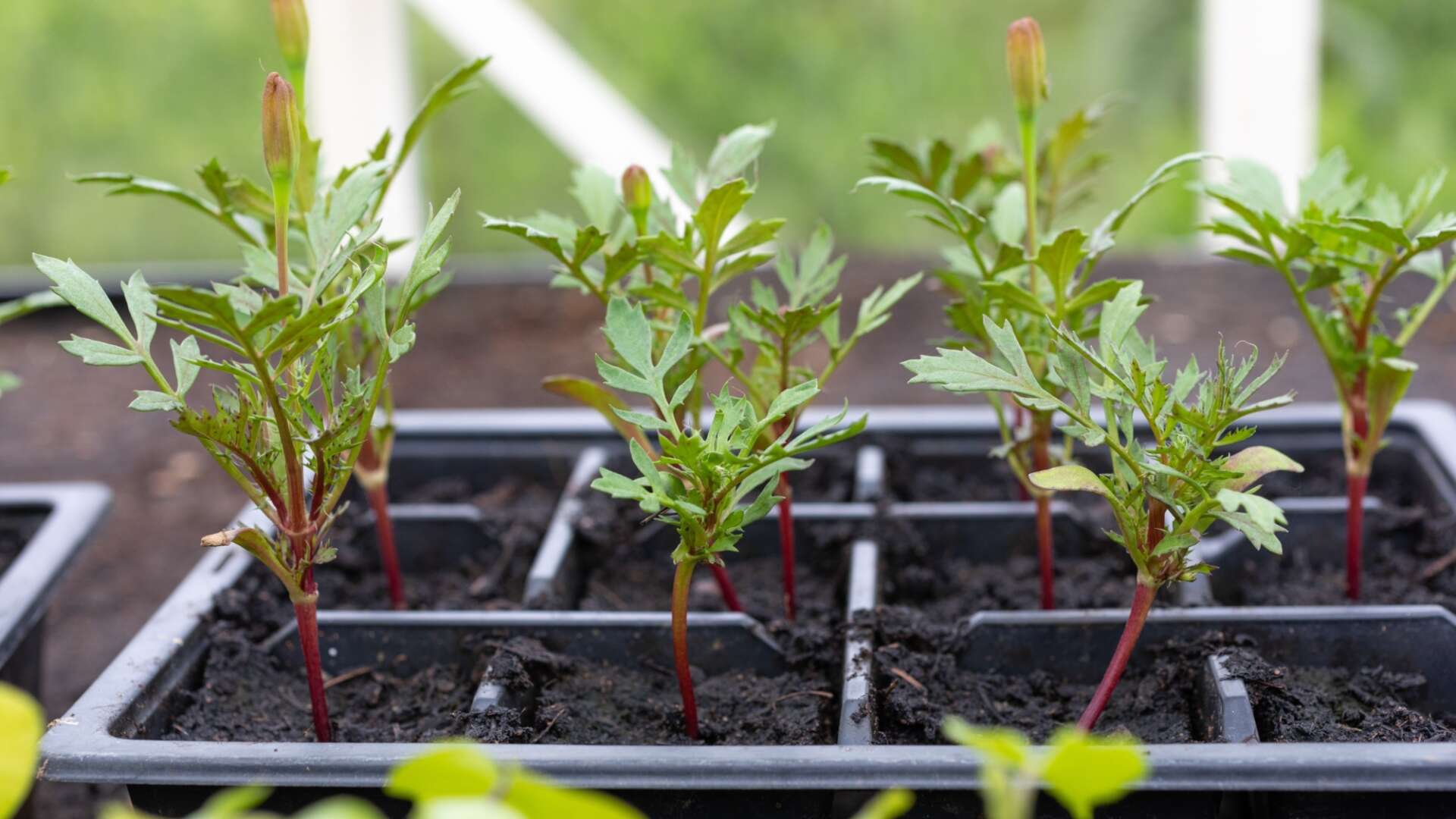Prevention is the key to stopping pesticide use in your garden

Toxic chemicals used to kill weeds, diseases and pests can damage the health of your growing area, and all the life forms within and beyond it.
This mantra has been at the heart of our Principles of Organic Gardening since the charity formed more than half a century ago - and we continue to strongly oppose the use of toxic chemicals in growing spaces.
Now, alarming new research published in the journal Environmental Health Perspectives suggests neonicotinoids could also adversely affect the nervous system, while people exposed to the weed killer glyphosate were found to have cancer biomarkers in their urine.
This news comes on the back of the recent decision by the UK government to allow ‘emergency’ use of the banned bee-harming pesticide thiamethoxam – a type of neonicotinoid – on sugar beet in England, just days after the EU tightened protections.
And in a recent report in the journal Science of the Total Environment, environmental campaigner and professor of biology at Sussex University, Dave Goulson, and researchers found that pesticides had an impact on the richness of bird life in urban gardens. In particular, the average house sparrow abundance was 12.1 % lower in gardens applying any pesticide, 24.9 % lower with glyphosate, and 38.6 % lower with metaldehyde (found in slug pellets).
This is undoubtedly worrying but as organic gardeners, and using our Principles of Organic Gardening, you're already doing positive things such as avoiding using harmful chemicals. You can also improve the bird friendliness of your garden by diversifying what you grow including where possible deciduous trees and hedges as well as evergreen hedges, flowers, berry-rich shrubs and ponds.
What can you do at home?
There's absolutely no need to use pesticides in your garden, allotment and growing space. And it’s not just about finding alternatives.
“If you want to garden in an organic way and stop your reliance on bought-in toxic chemicals, then you need to think about prevention rather than replacing chemical sprays with organic equivalents,” says Dr Anton Rosenfeld, research manager at Garden Organic.
“Start by creating a biodiverse environment to achieve balance. Encourage natural predators such as birds, hoverflies and parasitic wasps. Leave seedheads for birds and insects and provide plenty of nesting areas. Hoverflies and parasitic wasps love cow parsley, dill and fennel flowers.”
Anton also recommends:
- Transplanting seedlings in early summer, when they are strong enough to resist attack from aphids, which are at their peak in high summer.
- Creating physical barriers. Use fine netting to cover your crops, and install it immediately after planting out young seedlings, before butterflies can lay eggs and aphids have hatched in mid-summer. This prevents trapping caterpillars and pests inside the netting.
- Keeping things clean. Good greenhouse hygiene can nip problems in the bud, so sweep up excess compost, keep pots and surfaces clean and undercover areas well ventilated.
- Using mulches. Weeds will occupy an area of soil where nothing else is growing. Try light-excluding materials between plants or rows, such as biodegradable plastic, straw, well-rotted compost or low-growing green manures such as clovers. The latter two boost the soil’s reserves, and thereby reduce infections transmitted by aphids.
- Right plant, right place. Grow seed varieties and plants that are more tolerant of your growing conditions.
- Hand removal of pests and weeds – but only where necessary. Most weeds actually benefit our gardens: protect soil from erosion, add organic matter, attract beneficial insects and, in some cases, their roots accumulate nutrients while loosening soil.
- Using biocontrols such as nematodes if practical.
